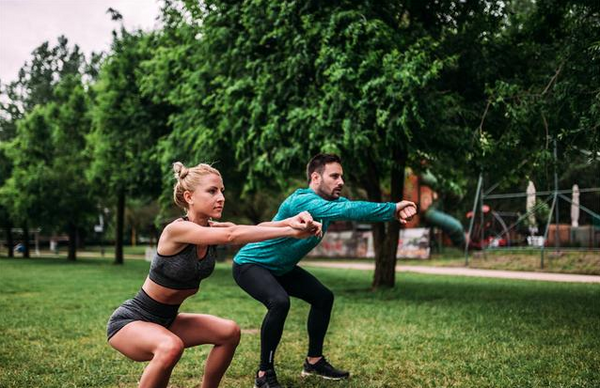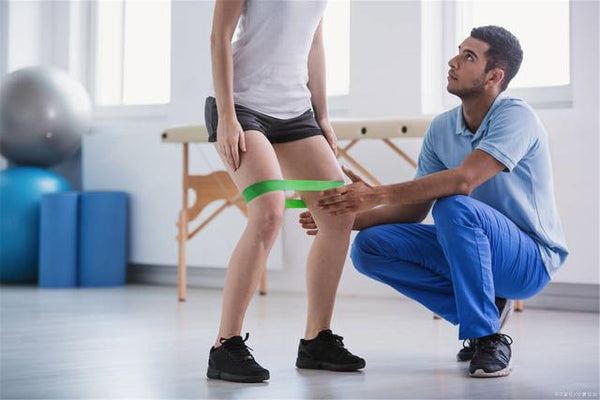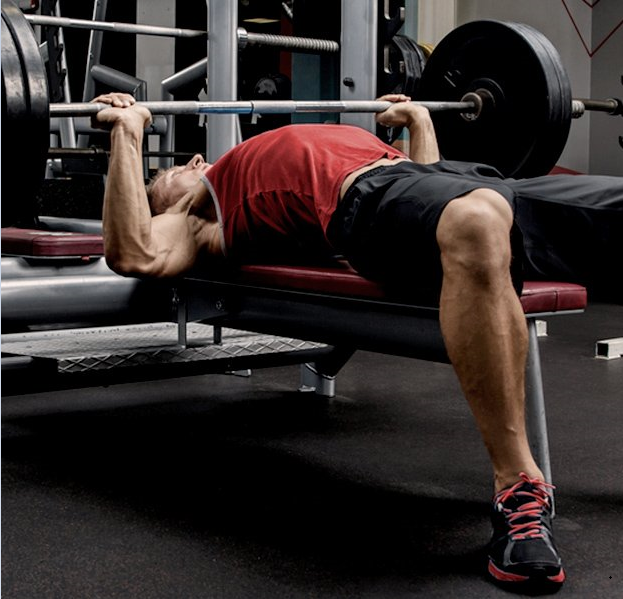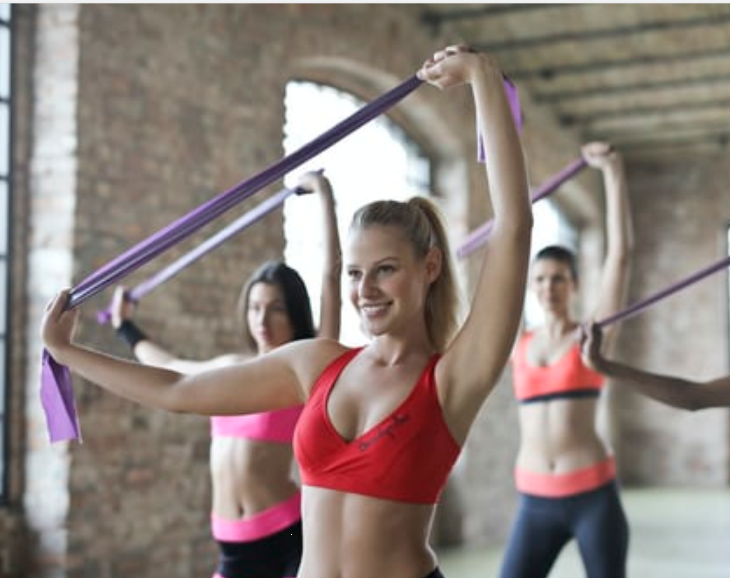In the process of fitness, it is necessary to pay attention to leg training. This is always talked about and is always ignored in the implementation. For everyone with fitness experience, they know the importance of leg training, but Not everyone is training their legs. And what we want to achieve the purpose of leg training is not to go to the gym and use fixed equipment to meet the needs of leg training, because for most people, leg training is not too much pursuit of changes in circumference, but more It is for the uniformity of the figure, the coordination of proportions and the health of the body.

Therefore, in daily leg training, if you don’t want to go to the gym, squats are always unavoidable. Because as the king of action, squats can not only perform targeted training of hips and legs to improve overall strength and stimulate overall muscle growth.
What are the benefits of doing squats?
1.Promote blood circulation in lower limbs
The blood circulation of the lower limbs can be promoted through the exercise of squatting. Nowadays, many office workers often sit for a long time. The blood circulation of the lower limbs is slow when sitting for a long time, and blood cannot be supplied to the upper body in time, which may affect the heart. , The blood of the brain is provided.
And through squat this exercise can increase the amount of activity of the lower limbs, in the process of continuous activity, the blood circulation speed is accelerated, the blood can be delivered to the parts of the body in time to meet the needs of the body, which is a significant benefit that squats can gain.
2.Enhance cardiopulmonary function
If you can insist on squatting, it is beneficial to people's cardiopulmonary function. Because the limbs move a lot during the squat, doing dozens of squats in a row can exercise a person’s heart and lungs. The cardiopulmonary function remains normal and blood can be provided in time. The vital capacity increases and the myocardial contractility improves. , It helps to keep the lungs healthy. Therefore, in the process of improving the function of important organs, you can properly practice squats, and the heart and lungs will maintain normal function after persisting.
3.Promote fat burning
Practicing squats can also help lose weight. Many people face the problem of obesity. There is a large accumulation of fat in the body. If you do not insist on exercising to promote the burning of fat, you will be obese because of the accumulation of fat and the slow-burning speed. The incidence of these chronic diseases is high. Therefore, in the process of active weight loss, some higher-intensity exercises can be tried. Do dozens of squats every day to burn fat quickly to achieve the goal of stable weight control.

4.Exercise calf muscles
If you can insist on doing squats every day, you can also increase muscle strength. Because people need to squat steadily during the squat process, the muscles of the lower limbs are exercised, and the increase in the amount of activity increases the muscle strength, which helps to shape the perfect muscles. Therefore, if you want to strengthen your body while promoting muscle growth, and make your lower-body muscles stronger, you may wish to exercise more by squatting.
5.Improve resistance
Adhering to squats helps keep your body young and healthy because squats are a kind of sport. In the process of continuous squats, the circulation of the body is maintained well, the immune function can be activated, and it can often achieve the effect of improving resistance. If you want to prevent a weak physique and get sick easily, you can usually exercise more. After insisting on squatting, the body will have enough exercise, and the immune cells will be activated, and the resistance will naturally increase. This is the key to preventing the decline of immune function.

A squat is a two-joint movement of extending the hips and knees. It can be divided into three stages: preparation posture, squat and squat.
1.Ready position. Beginners must first determine the exact location of the barbell. Keep your head straight and your chest straight and your back straight, but not hyperextension. After the shoulder blades are contracted, place the horizontal bars on the raised trapezius and deltoids to adjust the balance. The weight of the barbell is shared by four points, in which the trapezius muscle bears most of the weight, so there is no need to put cushions such as sponges. Even if the body is thin and the deltoid muscles and trapezius muscles are weak, they can "eat heavy" without any discomfort such as pain. Raise both arms sideways and hold the bar with both hands for stability. Place a plank or barbell with a thickness of about 3 cm under the heel. After the shoulders are loaded, the total center of gravity of the human body and the barbell moves backward, and the back cannot be tilted forward.
2.Squat down. After getting ready, take a deep breath and slowly bend your knees to control your squat. When squatting, the direction of the knee joints is the same as the direction of the toes. Squat until the thighs are parallel to the ground or slightly below the knees. If the buttocks fall to the ankle joint, squat too low, which is unnecessary and may cause joint injuries such as knees and ankles. The squat speed should not be too fast, and the rhythm should be mastered. At least the squat speed cannot be faster than the squat up speed. Since muscles are elongated, there is an obvious time effect.
3.Squat up. The greatest value of squat exercise is the squat stage. At this stage, the attention is focused on the legs, all the legs are exerted, and the exhale at the same time. Keep your head up. Imagine pushing your legs to push your head up, instead of raising your hips and then straightening your waist. Keep the center of gravity stable throughout the squatting process, and the feet cannot move.


